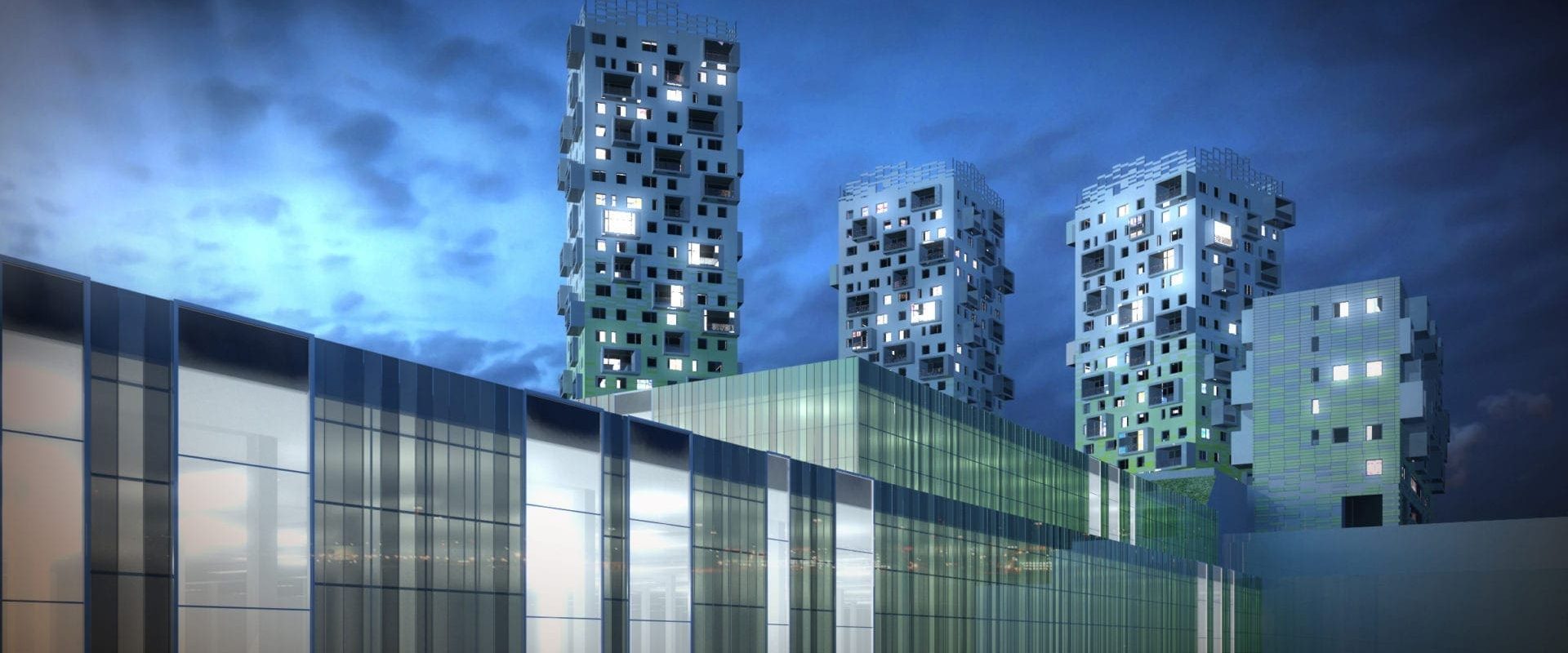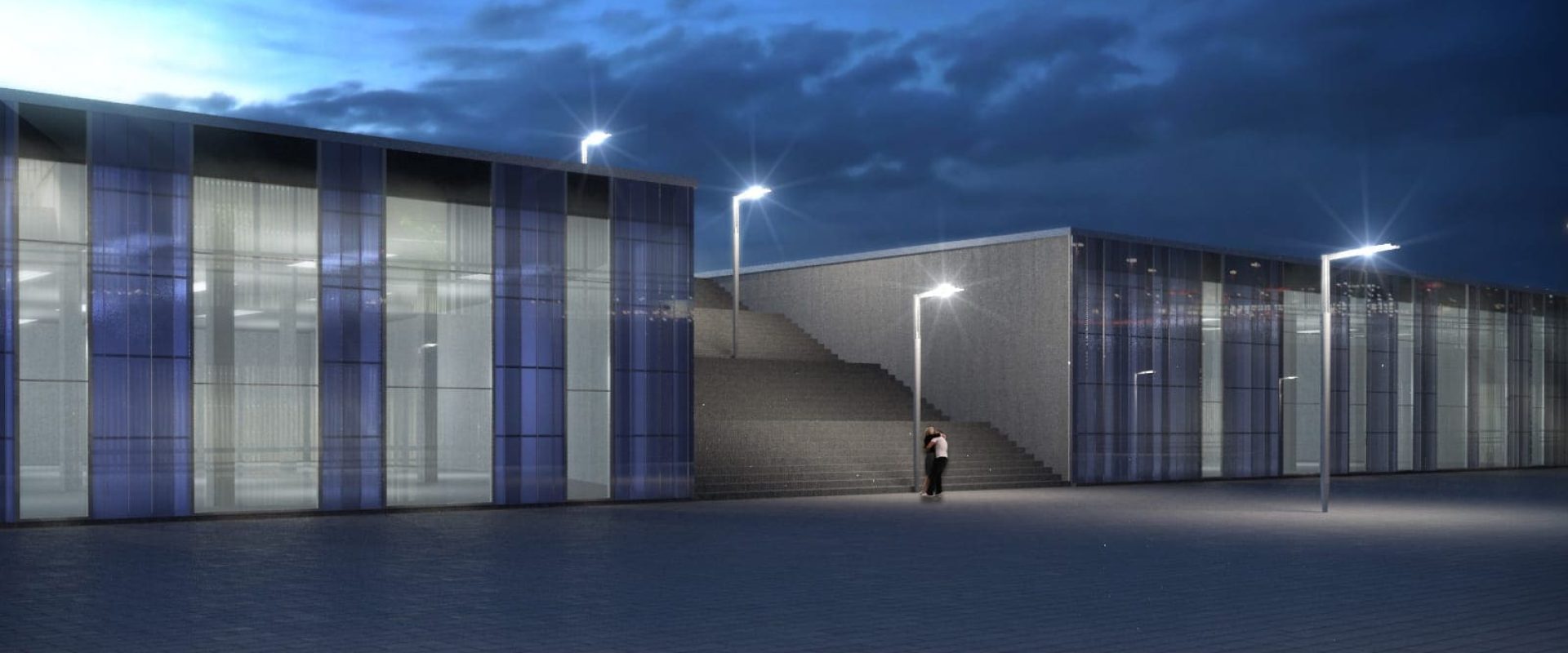The intervention area is located on the outskirts of the urban core of Fegino and consists of an extensive territory, partly flat and partly hilly, with the historic villa Spinola-Parodi at its center. In the last century, the area was used for several years as a depot for mineral oils, significantly altering the open spaces’ park-like nature by creating terraces and cement storage areas, which quickly led to the ruin of the mansion. For several years, the entire structure has been abandoned, compromised by soil pollution and the presence of enormous cement tanks.
The restoration project for the former oil storage area of Fegino is based on the principle of revitalizing the intervention area through a complex building organism with various functions that can ensure vitality for the entire neighborhood.
The main themes are as follows:
– The naturalistic restoration of the Fegino hill, interpreted as the reconstruction of the ancient terrain morphology through an urban park project serving the neighborhood, capable of enhancing both the villa Spinola-Parodi and the historic nucleus of Fegino.
– The anthropic imprint, recognizable in the dense network of paths outlined by the Urban Development Plan (PUO), which, starting from the new commercial area and via Ferri, branch out into the lower part of the villa’s garden, then extend along the new hill-green area for sports to Piazza S. Ambrogio and the church. Additionally, the two ancient crossroads flanking the area are recovered and enhanced.
– The restoration and refurbishment of the villa Spinola-Parodi, which still contains significant frescoes and decorations that need protection, as well as the remaining intact parts of the park. This operation is only possible through the reuse of the building for representative directional activities.
– The incorporation of a functional mix with provisions for publicly accessible activities (commercial and artisan spaces) and others for private use (directional and residential), ensuring both vitality and oversight.
– The resolution of traffic conflicts through the solution of the via Ferri junction with the introduction of two connected roundabouts linked by a connecting road section. These will disentangle via Ferri from the new internal road system within the PUO perimeter and will handle traffic flows from the Polcevera bridge, to and from Rivarolo, and from the via Sant’Ambrogio di Fegino. Additionally, there are plans for the arrangement of part of the connection roadways on the right bank of the Polcevera with the new roundabout and the construction of a new vehicular and pedestrian bridge to complete the entire neighborhood’s road system.








